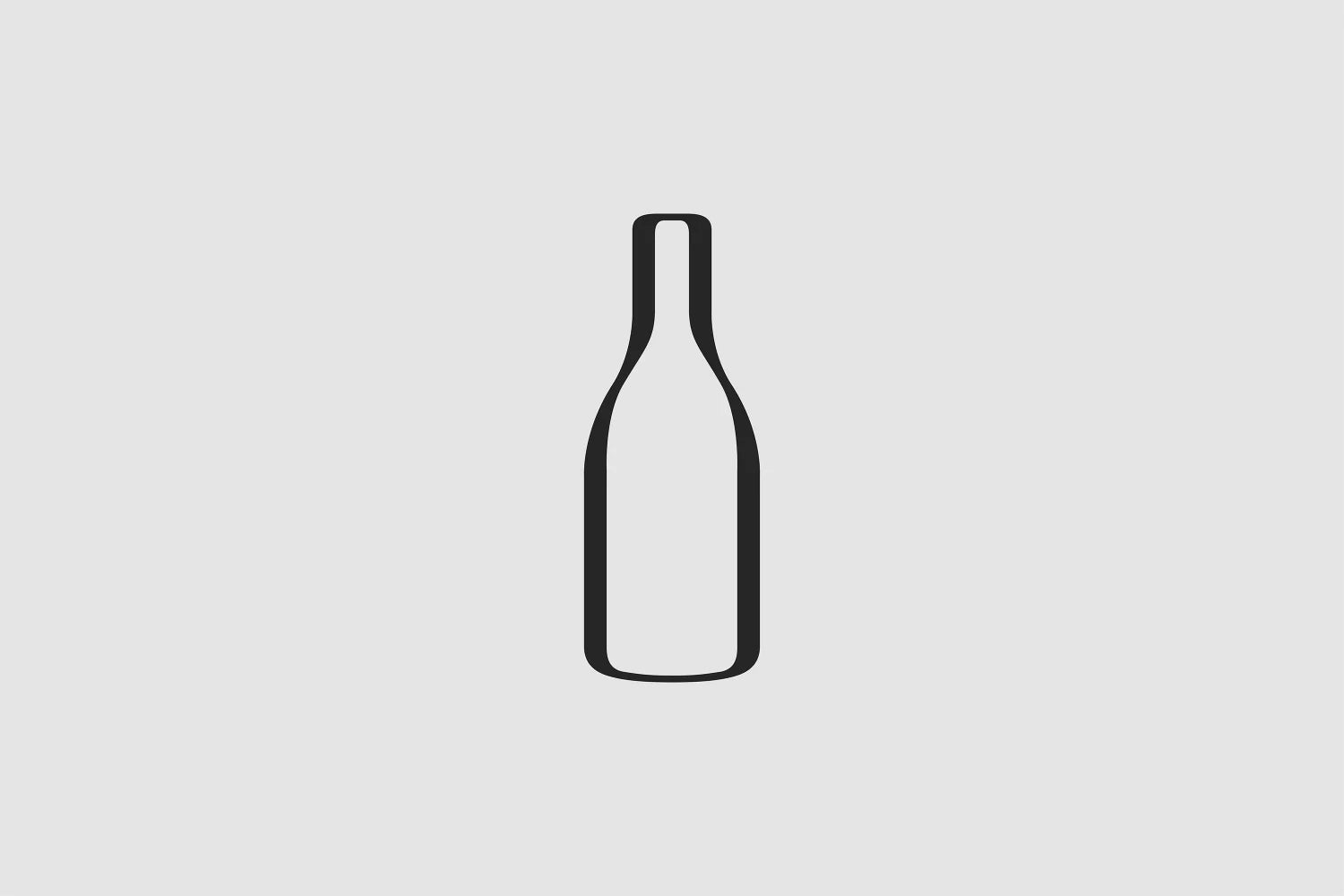It’s no secret Paul Déthune is among my favorite growers: They only bottle minute amounts of luxury Champagne from the historic Grand Cru village of Ambonnay, and each one deserves an honorary Master’s Degree in profundity, precision, and sheer value. In fact, the latter is executed so diligently in each cuvée, swanky Grandes Marques should feel intimidated—but one in particular should strike fear into their hearts: “Cuvée à l’Ancienne.”
This is Déthune’s rarest and most transient bottling, and tonight’s brand new 2013 release has virtually zero competition under $150. It’s equal parts Grand Cru Pinot Noir and Chardonnay that (1) vinifies in French oak barrels, (2) ages seven years in their ancient chalk cellar, and (3) pays homage to the olden days with hand-tied twine securing the cork. With every vintage I’ve had the fortune of tasting—all have been rapid sellouts—I find myself calling it one of the finest Grand Cru Champagne experiences time after time. Now, the dire news: Production never exceeds 84 cases, and America must play a fierce tug of war with European and Japanese markets to secure any amount. I’ve managed to snag a small allocation for you tonight (we’re currently the only retailer with it) and can allow up to six bottles.
Champagne Paul Déthune is a récoltant-manipulant (indicated by the tiny initials “RM” on the label), or grower-producer, which means they farm their own vines and craft/sell their own wines. While major Champagne houses, or négociant-manipulants, typically make wines by purchasing grapes from myriad farmers, a “grower-producer” controls every aspect of farming and winemaking.
The Déthunes have been farming and crafting Champagne in the Grand Cru village of Ambonnay since 1889, but their winemaking lineage can be traced as far back as 1610. Today, Pierre Déthune and his wife, Sophie, tend to 17 organically farmed acres throughout Ambonnay (they will be officially certified in a couple of years). It is here that Pinot Noir reveals its most intense expression, delivering signature minerality, concentration, and terroir that translates to perfectly balanced Grand Cru Champagnes. The Déthunes are adamant about respecting nature, too—organic fertilizers are used, cover crops are planted, solar panels have been installed, and a rainwater collection system has been implemented, making them one of Champagne’s leading champions of sustainability.
For “Cuvée à l’Ancienne,” the best, hand-picked fruit of the 2013 vintage was selected from their top parcels in Grand Cru Ambonnay. In their cellar, varietal separate fermentations (including malolactic) of Pinot Noir and Chardonnay occurred in 205-liter Champagne oak barrels before bottling without filtration. Following, the wine was sent to rest in their 17th-century cellar for seven years of lees maturation. This fresh batch was disgorged in January of 2021 where a five-gram dosage was added before hemp twine was manually fastened to secure the cork. This is a tribute to the Champagnes of old, a tradition that long precedes muselets (wire cages) and agrafes (metal staples).
If tonight’s 2013 is your first bottle of “Cuvée à l’Ancienne,” listen closely: Savor every ounce slowly and closely guard your unopened bottles (they will keep until 2028 with ease) because this is among the most spectacular Grand Cru experiences out there. After an ultra-fine mousse slowly settles, the wine displays a pale yellow-gold core with silver hues glinting throughout. Given a few swirls, the initial nose rolls out gorgeous and seductive aromas of ripe yellow apples, apricot, pineapple core, Rainier cherry, preserved lemon, acacia, wildflower honey, candied walnuts, nougat, brioche, citrus zest, wet stone, and crushed oyster shells. The palate is full and expansive, delivering creamy, mellow, and substantially refined textures that ooze Grand Cru pedigree. At eight years old, this has already developed some beautifully savory notes that melt into a 30+ second finish—an impressive length that will only keep growing with further bottle age. I cannot wait to taste this on its 10th and 15th birthdays, if I can find any. Cheers.






